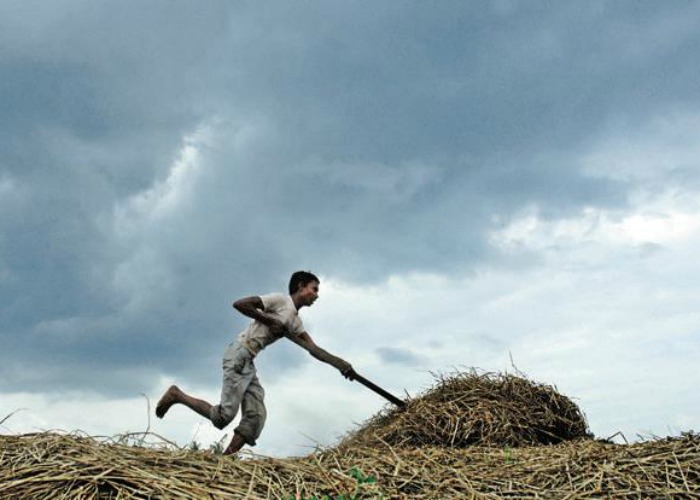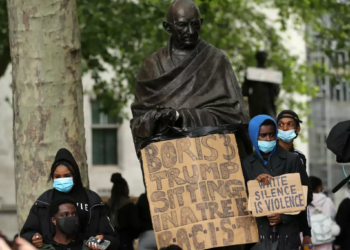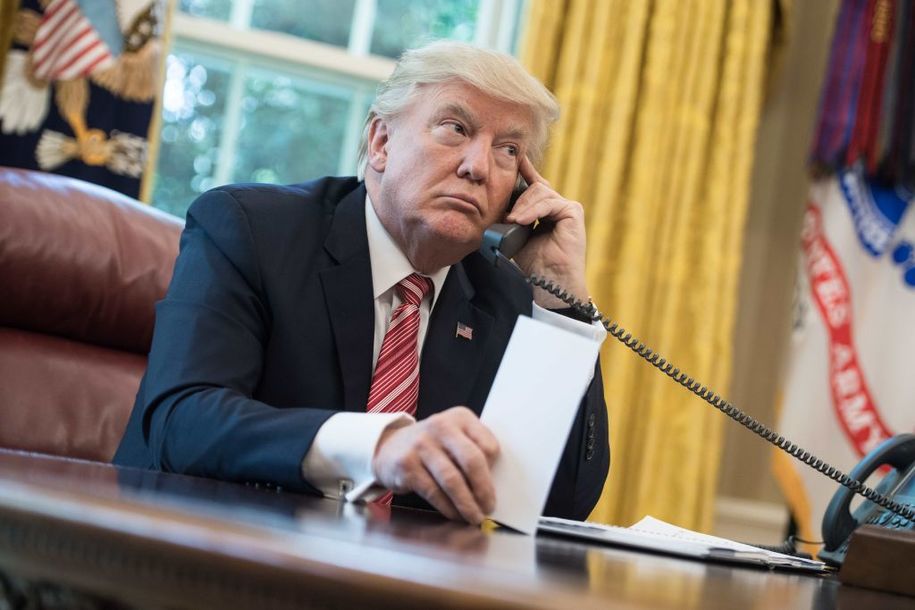More than 300,000 farmers have committed suicide in India since 1995 due to the country’s mounting debt crisis in the agrarian community.
In June, farmers went on a 10-day massive strike to press for minimum support prices for crops, among other things. The protests spread across seven states and coincided with the anniversary of last year’s Mandsaur killing when five farmers allegedly died in lilice firing in Madhya Pradesh state.
Millions of small-scale farmers in India are at the receiving end of meager prices for their produce. It has been taking place at the time when storage and transportation costs have seen a steep increase. Their litany of demands includes farm loan waivers, higher prices for cereals, oil-seeds and milk, minimum income guarantee, and the implementation of the National Commission on Farmers’ recommendation which had advocated that the minimum support price for crops should be earmarked at cost plus 50 percent of the cost.
During the June protests, farmers blocked 30 major highways in Haryana, Rajasthan, Jammu and Kashmir, Madhya Pradesh, Maharashtra, Karnataka, and Kerala states, suspending the supply of vegetables and dairy products to cities for over a week. With elections in crucial states of Rajasthan and Madhya Pradesh only four months away and a general election expected in less than a year, the Indian government has seemingly partially succumbed to the pressure created by a series of protests in the past year. It declared on July 4 that the minimum support price (MSP) will be 1.5 times the cost of production.
Earlier in March, about 40,000 farmers and landless peasants had undertaken the Kisan Long March, walking 180 kilometers (112 miles) from Nasik to Mumbai in Maharashtra state.
Far from satisfied with the government’s announcement, farmers have pointed to statistical lapses in implementation of the Swaminathan Committee’s recommendation. The Rashtriya Kisan Mahasangh, an umbrella organization of 182 farmers’ bodies, said farmers ought to have received Rs 1.5 lakh crore more as MSP for their total produce.
However, experts argue that the announcement of minimum support prices cannot be a one-time panacea. Policy analysts working on agrarian issues say the government only shows commitment in buying wheat and rice, and not all crops, even though purchase prices have been set for nearly two dozen crops. This means irrespective of the minimum support prices, farmers have to deal with middlemen and buyers who are not ready to pay them the prices set by the government.
Abhimanyu Kohar, the national spokesperson of Rashtriya Kisan Mahasangh, told The Globe Post that only 6 percent of farmers are able to sell their produce at the MSP. “Only 6 percent of all farmers are in a position to claim the minimum support prices. When there is no procurement from the government of most crops, what is the utility of MSP?” Kohar asked.
Kohar said that their four-point demand includes a complete waiver of farm loans, accurate calculation of MSP in accordance with the Swaminathan Commission’s report, prosecution of traders who buy crops at prices less than the MSP, and an assurance of total procurement of produce in a given year.
“In the first place, the government’s lopsided policies and non-fulfilment of promises made to the agrarian sector have led farmers to reel under debt. The government has a moral obligation to waive off loans. At the same time, despite MSP, traders force farmers to sell their produce at throwaway prices. There should be a legal framework to prevent this and traders who violate MSP norms should be prosecuted,” Kohar said.
Farm loan waiver is expected to cost the government $5.23 billion. But analysts fear that this would set a wrong precedence in the country. In March 2017, State Bank of India Chairman Arundhati Bhattacharya publicly expressed his displeasure with such a move on part of the government. “We feel that in case of a (farm) loan waiver there is always a fall in credit discipline because the people who get the waiver have expectations of future waivers as well. As such future loans given often remain unpaid,” he had said at the time.
The Bharatiya Janata Party (BJP) has waived off loans in Maharashtra and Uttar Pradesh, states where it is in power, but the exercise was seen more as an electoral compulsion. The party is known for opposing the farm loan waiver in principle. India’s Agriculture Minister Radha Mohan Singh of the BJP had in June termed the farmers’ protests as a “publicity stunt”.
Farmers’ organizations regretted in his comments. “There have been nearly five lakh [500,000] farmer suicides in the last 20 years. The Agriculture Minister’s remarks are unfortunate and show the brazen indifference of the BJP towards our plight. The erstwhile UPA government paid for its indifference to farmers when it lost the 2014 elections. The BJP is treading on the same path,” Kohar said.
The agriculture minister’s remarks also landed the Opposition Congress with a political tool to capitalise on the farmers’ agitation. Congress President Rahul Gandhi recently said in a rally in poll-bound Madhya Pradesh that “[Prime Minister] Narendra Modi has betrayed farmers. He promised to get them the right price for the produce. The truth is PM Modi and BJP are not concerned about farmers. Helping their rich businessmen friends is their only priority.”
Experts believe that the farm loan waiver can hardly be a quick-fix solution to a far more complex problem in the agrarian sector, borne out of structural flaws in agrarian policies. Over the years, farm policies have encouraged higher production of crops that were previously in short supply but offered neither price support nor purchase guarantee.
Journalist Bhakthi Hegde, who has extensively reported on the rural sector, including agricultural sector in Karnataka state, told The Globe Post that there ought to be a multi-pronged approach aimed at sustainable income for every farmer.
“There is a lack of willingness in the government to solve agrarian issues. Farmers in India are an emotive lot who fall for attractive loan waiver promises made at the time of elections. But waiver alone is not the solution, as farmers who do not have enough money are going to fall into the vicious cycle of debt time and again. We need to look at a sustainable solution,” Hegde said.
She pointed out that while the government primarily is interested in buying wheat and rice, there are farmers who do not grow these crops but are also in grim circumstances due to non-purchase of produce. “Here in Dakshin Kannada, we do not grow white rice. We grow brown rice or boiled rice. The government ought to buy all crops rather than a select few,” she said.
Even though the government has increased the agricultural credit from public-sector banks significantly since the late 1990s, it has mostly benefited agribusiness, not the poor farmers who continue to commit suicide after failing to pay back loans as meager as Rs 50,000 (US$ 728), borrowed from private money lenders.
For example, when the National Bank for Agriculture and Rural Development (Nabard) allocated credit flow in Maharashtra in 2017, India’s financial capital Mumbai and its suburbs got 50 percent of it, while Vidarbha and Marathwada, in news for farmers’ penury, received less than 16 percent of it.
Kohar pointed to the government’s Rs 8,500 crore bailout package to the sugar industry in western Uttar Pradesh. He said that the sugar mills benefitted from the funds’ grant, but the farmers, who are fighting for the payment of their produce, were left empty-handed. From the late 1990s, public sector banks have discouraged loans to small farmers, forcing them to borrow from village-based lenders who charge interests up to 60 percent per annum.
Currently, the situation is grim, with a rising trend of suicides among farmers. The Centre is yet to make public the number of farmer suicides that took place in 2016 and 2017. In 2015, according to the National Crime Records Bureau data, 8,007 farmers and 4,595 agricultural laborers committed suicide. A provisional report tabled by the Home Ministry in 2016, said 6,351 farmers and 5,019 agricultural labourers ended their lives that year.






















